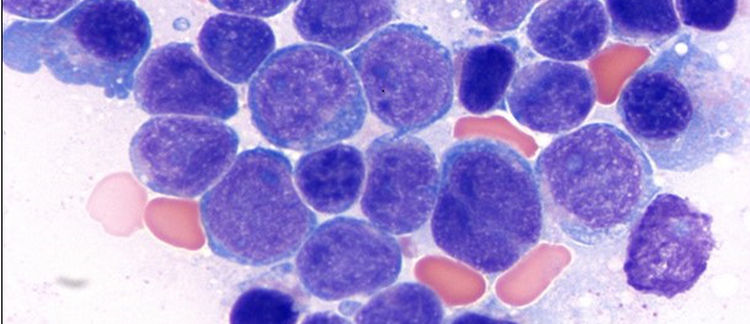Abstract
The 21st century embraces a combination of the Genomic and Information Ages, characterized by enormous genetic data deposition and use of numerous powerful analytical tools. With more and more accumulated data, the concept of genes needs to be redefined and research methods further rationalized based on the properties of life: economy, optimization and survival. Disease should be considered the condition where homeostasis is disrupted. Biological equilibrium is maintained by a network of numerous functional nodes: molecules located in various pathways that are classified into decision nodes and alternative nodes, which shift their roles in response to a changing environment. Organized both spatially and temporally, the nodal network carries out its functions for the optimal outcome of the cell. Although central nodes often play vital roles for cell functions, connector nodes in the “structural hole” are more effective targets for treatment. Resources should be prioritized to delineate the roles of functional nodes and identify critical nodes for optimal therapy.
How to Cite
Zhao, X. F., (2017) “Gene, Life, and Disease – A Node Theory”, Hematopathology 2(1), 1-13.
86
Views
42
Downloads
